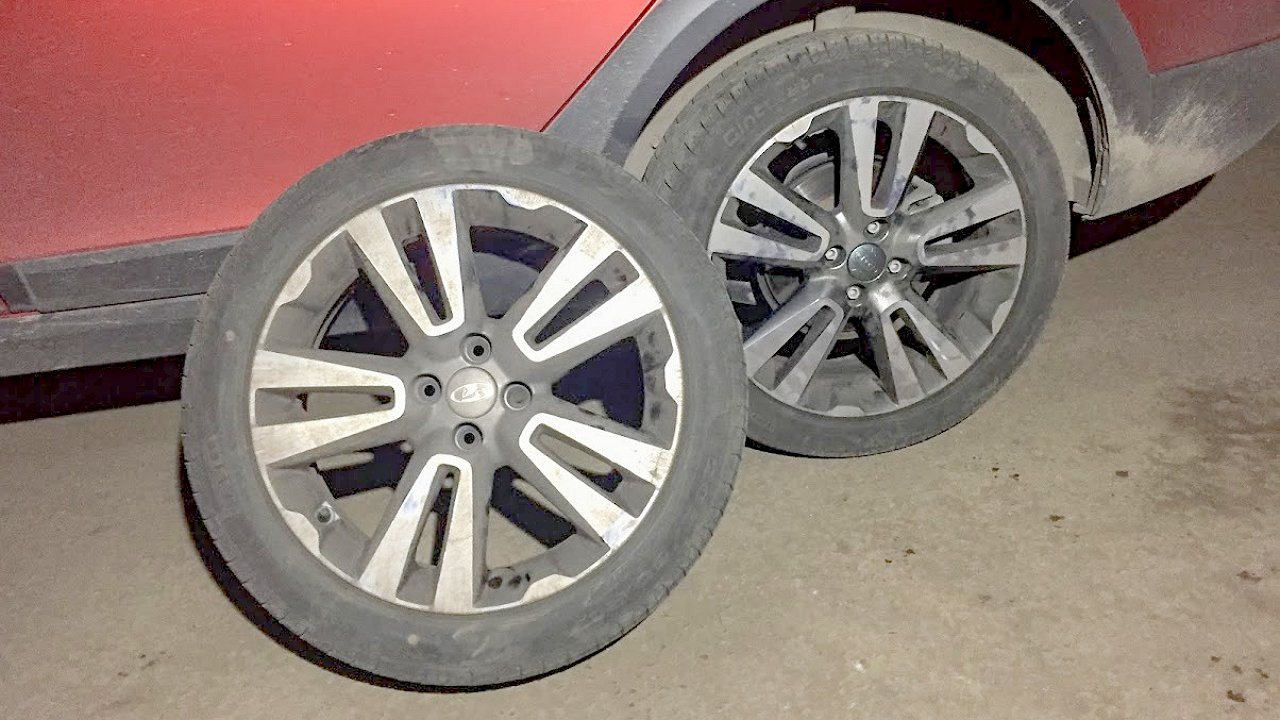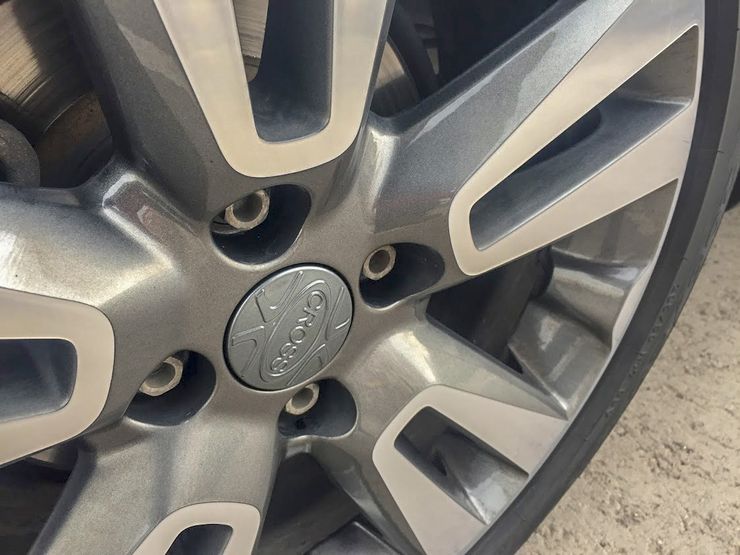How plastic parts on rims drive drivers to despair
- June 28, 2023
- 0
Many drivers are faced with a problem when a small plastic cap suddenly flies off an alloy wheel, or a large cap is separated from a steel wheel
Many drivers are faced with a problem when a small plastic cap suddenly flies off an alloy wheel, or a large cap is separated from a steel wheel

Small hubcaps come with alloy wheels – they usually have the logo of the manufacturer or car brand on them. If we talk about practical benefits, then such a part protects the hub nut from dirt and various impurities, preventing rust. The latter can be a very big problem: in the worst case, loosening the nut – for example to replace the hub – is simply impossible.
However, the shaking regularly causes caps to fly out and in cheap cars this sometimes becomes a real disease. Usually the fact is that one of the plastic clips breaks, and unfortunately nothing can be done about it. You must replace the parts with parts sold with a metal ring. The solution is more reliable, because the washer works surprisingly and firmly fixes the spare part. Although it weakens over time.
Then you can replace the “tired” piece of iron. To do this, we take a two-millimeter piece of wire, wind it on a regular pipe and bite the rings with side cutters. Their diameter should be slightly larger than the inner diameter of the cap – for example, for LADA Vesta it is 48 mm. We put a few “round pieces” in the cap and that’s it – it no longer flies out.
With large caps placed on steel or stamped wheels it is trickier. If such a thing “gets loose”, he may very well get into another car. And this is an accident with a call from a traffic cop and a loss of time for registration.
To avoid this, drivers fasten the disc and cap with plastic straps. Another question is whether such a “collective farm” is immediately visible. And if the wheel is punctured, the clamps have to be cut off to get to the bolts. And then put the dirty caps in the trunk.
And it’s good that there is a more practical and “cleaner” solution. First you need to remove the steel retaining ring, remove rust and paint – so that it does not crack in the future. Next, we examine the plastic “legs” of the fasteners: you can pour hot water from the kettle on them, bend, then rinse with cold water – the legs will remain in the bent state. Then we put the fastening ring and that’s it – the caps hold tightly and most likely will not fly out during the trip.

Small hubcaps come with alloy wheels – they usually have the logo of the manufacturer or car brand on them. If we talk about practical benefits, then such a part protects the hub nut from dirt and various impurities, preventing rust. The latter can be a very big problem: in the worst case, loosening the nut – for example to replace the hub – is simply impossible.
However, the shaking regularly causes caps to fly out and in cheap cars this sometimes becomes a real disease. Usually the fact is that one of the plastic clips breaks, and unfortunately nothing can be done about it. You must replace the parts with parts sold with a metal ring. The solution is more reliable, because the washer works surprisingly and firmly fixes the spare part. Although it weakens over time.
Then you can replace the “tired” piece of iron. To do this, we take a two-millimeter piece of wire, wind it on a regular pipe and bite the rings with side cutters. Their diameter should be slightly larger than the inner diameter of the cap – for example, for LADA Vesta it is 48 mm. We put a few “round pieces” in the cap and that’s it – it no longer flies out.
With large caps placed on steel or stamped wheels it is trickier. If such a thing “gets loose”, he may very well get into another car. And this is an accident with a call from a traffic cop and a loss of time for registration.
To avoid this, drivers fasten the disc and cap with plastic straps. Another question is whether such a “collective farm” is immediately visible. And if the wheel is punctured, the clamps have to be cut off to get to the bolts. And then put the dirty caps in the trunk.
And it’s good that there is a more practical and “cleaner” solution. First you need to remove the steel retaining ring, remove rust from it and paint it – so that it does not crack in the future. Next, we examine the plastic “legs” of the fasteners: you can pour hot water from the kettle on them, bend, then rinse with cold water – the legs will remain in the bent state. Then we put the fastening ring and that’s it – the caps hold tightly and most likely will not fly out during the trip.
Source: Avto Vzglyad
Donald Salinas is an experienced automobile journalist and writer for Div Bracket. He brings his readers the latest news and developments from the world of automobiles, offering a unique and knowledgeable perspective on the latest trends and innovations in the automotive industry.